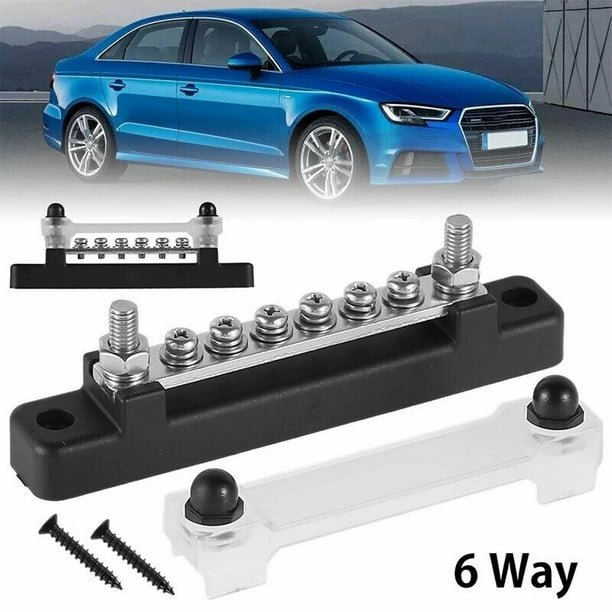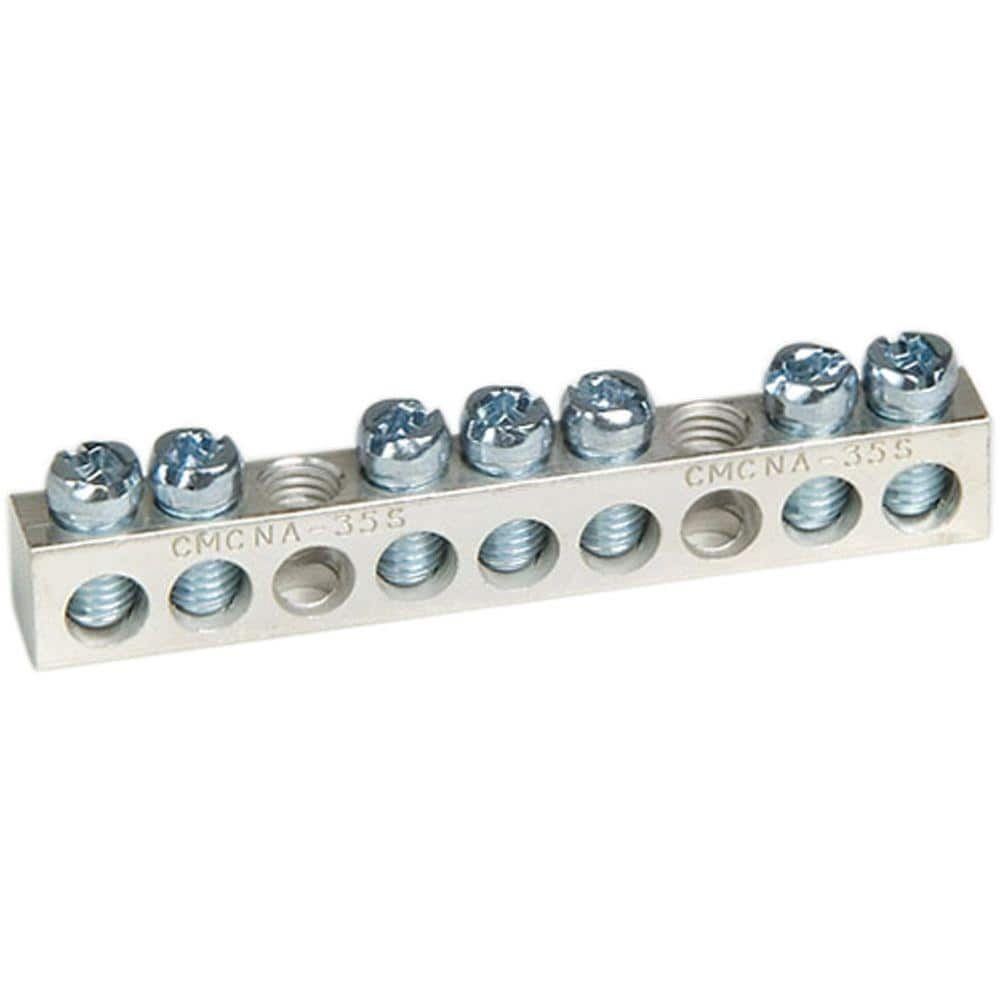ERD50
Give me a museum and I'll fill it. (Picasso) Give me a forum ...
... In contrast with the UPS for home use, which switches on the inverter when AC power loss is sensed, Liebert UPSs supply the load with the inverter output at all time. The AC coming in is rectified to charge the battery and also to power the inverter. This means no transient whatsoever with AC interruption. ...
Question about this - I was looking into DIY or buying a small scale UPS of this type for my little computer/controller boards (< 1A @ 5V), and I needed that true "un-interrupted" power, no glitch between switching between line and battery (to avoid resetting the micro-controller).
The problem I saw was - how does the charge controller work with a Lithium that is under load? IIRC, they are looking for the currents to drop off at the end of the cycle, but the load current would mess with this.
I figured one approach was to just be conservative on the upper end of the voltage, and limit the charge voltage to maybe 0.2V below the normal high voltage cutoff? You'd lose some capacity (OK for my needs), but I guess that should be safe under any load conditions?
-ERD50



